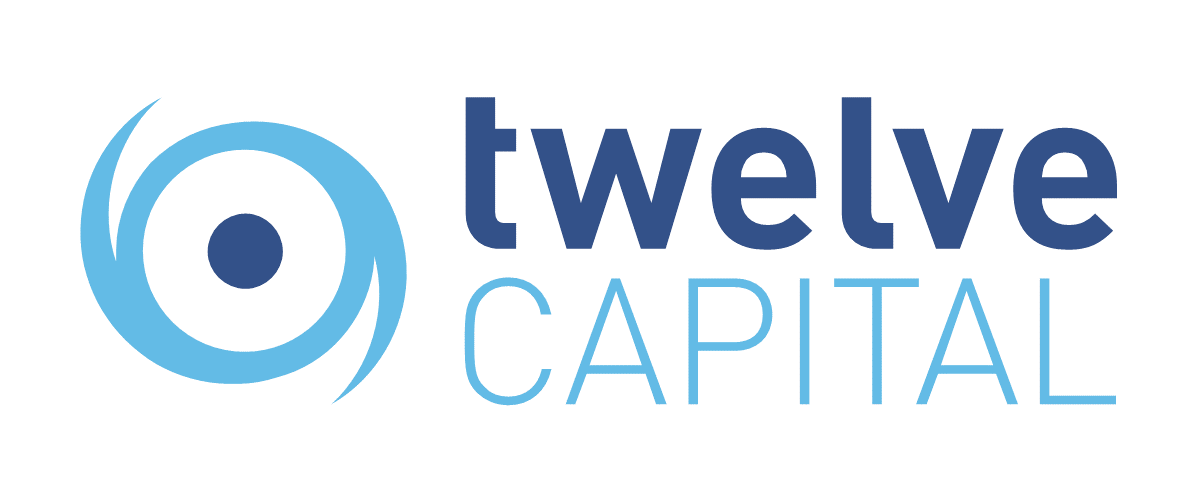Insurance bond investing entry-point even more compelling: Twelve

Investing in insurance bonds looks even more compelling now against the broader macro-economic backdrop of volatile markets, according to Dinesh Pawar, Head of Insurance Bonds at specialist sector investment manager Twelve Capital.
Global financial and capital markets volatility continues apace, with inflation persistently high, interest rates still rising, a continued backdrop of geopolitical volatility, and wide-spread credit selling triggered by UK pension related issues of late.
But the investment manager believes the insurance bond segment offers significant value against this backdrop, leading Head of Insurance Bonds Pawar to say “The entry point for Insurance Bonds has just got even more compelling.”
Twelve Capital manages assets across the insurance and reinsurance return spectrum, from catastrophe bonds, through collateralised reinsurance or private insurance-linked securities (ILS), to equities and also debt instruments.
Discussing the backdrop mentioned Pawar said this doesn’t make the insurance bonds segment any less attractive, in his view.
“None of the issues mentioned above have had or are expected to have material impact on credit fundamentals for the insurance sector.
“Higher spreads do impact insurers’ marked to market fixed income assets but we must bear in mind that a significant proportion of these fixed income assets are facing liabilities with similar duration and are held to maturity. Insurers are therefore protected against temporary market volatility,” he explained.
Continuing to say, “The point is that central banks have been reacting to inflation. Once central banks find a balance or a reason to no longer act aggressively credit is expected to immediately stabilise.
“Hence this is why we believe increasing exposure to Insurance Bonds makes sense now as despite the higher beta once we see inflation stabilising, we will also get more clarity on future rates rises.”
Pawar feels that some insurance bonds may even be at particularly attractive pricing levels as they have suffered under the weight of the broader macro-economic shadows being cast by global volatility.
While underpinning the sector’s credit fundamentals, strong capital levels and also increasingly strong prospects make insurance and reinsurance an attractive sector to invest in.
Pawar explained, “Insurance Bonds are at levels last witnessed at the time after the Great Financial Crisis 2007/2008 and the European Sovereign Crisis. High quality names have been unfairly penalised.
“From a fundamental credit perspective, insurers are strong enough and well positioned to face higher inflation, higher rates and risks of recession.
“We have seen clear signs of hardening markets in 2022 with property and casualty players being able to significantly increase their premium rates without reducing the volume of business underwritten (e.g., commercial lines, property risk, motor). This trend has been confirmed at the Monte Carlo’s reinsurance conference in September. Life insurers with traditional savings books including guarantees which had been suffering during low interest environments can now reinvest at higher rates and increase their profitability on these books.
“Insurers are also well positioned to face potential higher interest charges since their financial leverage remain at a comfortable level (25% based on economic balance sheet) compared to other industries.”
However, Pawar also cautioned that managers of insurance and reinsurance bond investments still need to be selective, as there is a dispersion of returns in insurance fixed income.
As a result, “A great emphasis should be put in the selection of securities and the handpicking of investments in the insurance space,” Pawar said.






